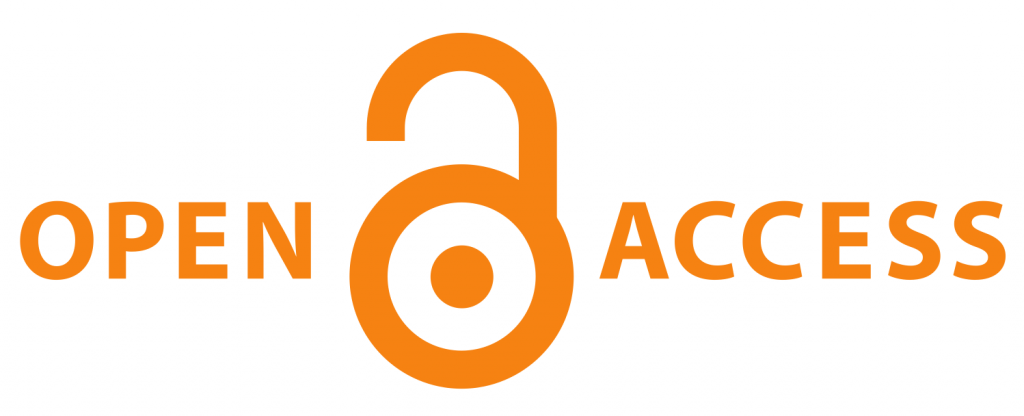Developing Integrated SMART Villages for Rural Transformation in Response to Sustainable Development Goals
Abstract
According to World Bank, three out of every four poor persons in developing countries live in rural areas and a big percentage of them are dependent on agriculture for their livelihoods. Climate change has had far-reaching consequences to agricultural and rural development, especially in areas that are already fragile and exposed to environmental vulnerabilities. Broadly speaking, climate change is affecting poor farmers disproportionately. Past decades have witnessed the unprecedented depletion of rich resources in villages, the eroding green cover, over utilization of chemical fertilizer, mass migration to urban areas in search of occupation, leaving children and the elderly to live in villages with poor quality of life. One of the long-term repercussions is that villages are losing their potential for job opportunities, and their ability to support sustainable livelihoods, sustainable communities, healthy living spaces and create prosperity. Reversing these trends requires talent infusion, the innovative use of science and technologies in agricultural and related occupations, the transformation of villages into self-sustaining enterprises providing market linkages, reducing post-harvest loss, and the combination of technology for sustainable development and good health. All these in turn will make agricultural and related occupations more attractive and challenging to the youth and motivate them to stay in rural areas and pursue adequate capacity development opportunities. Against this background, this project proposes a unique approach of developing green SMART (Sustainable Model for Appropriate use of resources and Resilient Technologies) villages using the skills eco-system as a driver of change. It proposes an integrated and comprehensive approach for developing green SMART villages focused on environment-friendly, science and technology-powered, and skills-driven processes involving local skills eco-systems to implement day-to-day operations.
Article Views and Downloands Counter
References
Bioversity International. (2019). A global community seedbank platform. CGIAR Research Program on Climate Change, Agriculture & Food Security (CCAFS). https://www.bioversityinternational.org/news/detail/a-global-community-seedbank-platform/ Accessed: April 15, 2019
CEMR. (2014). Waste management and circular economy. Retrieved from: https://www.ccre.org/activites/view/21
CES. (n.d.). https://www.ces.tech/Topics/5G-and-Internet-of-Things-(IoT)/Resilience.aspx
Climate-Smart Villages. (2017). AN AR4D approach to scale up climate-smart agriculture https://cgspace.cgiar.org/bitstream/handle/10568/79353/CSV%20Brochure%202016.pdf?sequce=7&isAllowed=y
EU. (n.d.). Action for SMART VILLAGES. Available online: https://ec.europa.eu/agriculture/ sites/agriculture/files/rural-development-2014-2020/looking-ahead/rur-dev-small-villages_en.pdf (accessed on 3 May 2018).
FAO. (2012). Energy-Smart Food at FAO: An Overview. Environment and Natural Resources Management Working Paper 53. Food and Agricultural Organization http://www.fao.org/3/an913e/an913e.pdf Accessed: April 15, 2019.
FAO, (2013). Climate-Smart Agriculture Sourcebook. http://www.fao.org/3/i3325e/i3325e.pdf
FAO. (2015). Social protection and agriculture: breaking the cycle of rural poverty. http://www.fao.org/publications/sofa/2015/en/(accessed: April 15, 2018
IEEE. (2019). Smart Village Education Initiative. https://smartvillage.ieee.org/news/ieee-power-energy-society-funds-ieee-smart-village-education-initiative/ Accessed: April 15, 2019.
Majumdar, S. & Basu, C. K. (2010). The role of ICT and TVET in rural development and poverty alleviation. UNESCO-UNEVOC International Handbook of TVET, Springer Publication.
Majumdar, S. (2019). Development of green and SMART village using skills as a driver of Change. A national consultative expert workshop for utilizing science, technology and skills for rural transformation, 9th January, 2019, Vivekananda Institute of Bio-technology, Nimpit Sunderbans, India
Nicol, A., Langan, S., Victor, M., & Gonsalves, J. (2015). Water-smart agriculture in East Africa, (Eds.). Colombo, Sri Lanka: International Water Management Institute (IWMI). CGIAR Research Program on Water, Land and Ecosystems (WLE); Kampala, Uganda: Global Water Initiative East Africa (GWI EA)
Ravallion, M. (2004). Pro-poor growth: A primer. World Bank Policy Research Working Paper No. 3242, Washington D.C.
Saj, S., & Torquebiau, E. (2018). Climate-smart agriculture, agroecology and soil carbon: towards winning combinations. CIRAD, Montpellier, Perspective 47. https://doi.org/10.19182/agritrop/00034 Accessed April 5, 2019.
Smart Villages. (2017). New thinking for off grid communities worldwide. Available online https://e4sv.org/about-us/what are smart villages/accessed on 3rd May, 2018
smartAKIS (n.d.). Smart Farming Thematic Network. https://www.smart-akis.com/index.php/network/what-is-smart-farming/ Accessed: April 15, 2019.
UN. (n.d.). SDG knowledge platform, https://sustainabledevelopment.un.org/sdg
UN, (Envoy in youth). (2016). Why are rural youth leaving farming? https://www.un.org/youthenvoy/2016/04/why-are-rural-youth-leaving-farming/
UNESCO. (n.d.). The Sundarbans. Retrieved from https://whc.unesco.org/en/list/798/
UNESCO, (2017). Greening Technical and Vocational Education and Training, A practical guide for institutions. ISBN:978-92-3-100231
World Bank. (2007). Issue brief, Agriculture & rural development. http://www1.worldbank.org/publicsector/pe/pfma07/ARDBrief.pdf
Copyright (c) 2020 Africa Journal of Technical and Vocational Education and Training

This work is licensed under a Creative Commons Attribution-NonCommercial-ShareAlike 4.0 International License.
Copyright Notice Copyright of published articles is held by AfriTVET. No limitation will be placed on the personal freedom of authors to copy or to use in subsequent work, material contained in their papers. Please contact the Publisher for clarification if you are unsure of the use of copyright material. Apart from fair dealing for the purposes of research and private study, or criticism and or review, this publication may only be reproduced, stored or transmitted, in any form or by any means, with the prior permission in writing of the Publishers.


